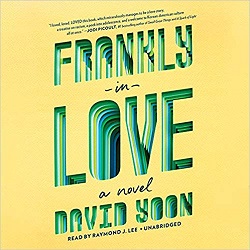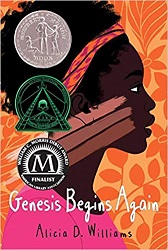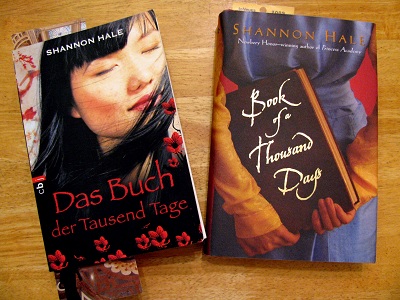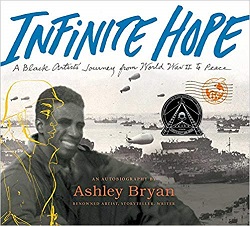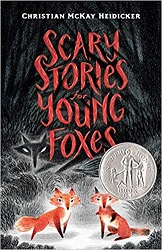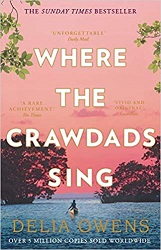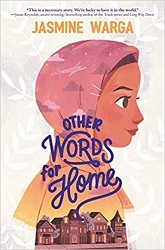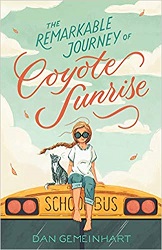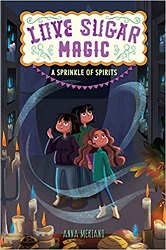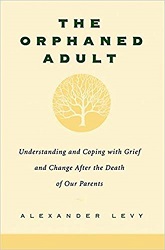 The Orphaned Adult
The Orphaned Adult
Understanding and Coping with Grief and Change After the Death of Our Parents
by Alexander Levy
Perseus Books, 1999. 190 pages.
Starred Review
Review written February 8, 2020, from a library book
2020 Sonderbooks Stand-out: #8 General Nonfiction
My father died unexpectedly four months ago, from a blood clot two days after minor surgery that had gone well. Then my mother died expectedly two months ago, after more than a decade with Alzheimer’s.
There was a very foolish part of me that hadn’t thought my mother’s death would hit me as hard as it did, since it was expected. But it was all so wrapped up in the unexpected death of my father. And now I have no parents on earth at all. And yes, it’s hitting me very, very hard.
One of my sisters (I think Marcy?) recommended this book to the rest of us, I believe giving it to the shared Kindle account (which I don’t use). I found the book extremely helpful. For me, it was probably helpful to realize that yes, losing your parents shakes you up. Even if you didn’t see them very often, and even if one of their deaths was long expected.
The author acknowledges that this is something almost everyone goes through. And since everyone goes through it, somehow most people don’t realize what a big deal it is.
Now, he also talks about the difference between when your first parent dies and when your second parent dies – I think my siblings and I can expect feelings to be multiplied with our parents dying at what seems like almost the same time.
The book didn’t seem incredibly profound. But I can’t overemphasize what a big deal it was to be told that the death of both your parents is a big deal. That was so helpful to me.
The most personally helpful chapter to me (so far) was the one called “Just Exactly Who Do You Think You Are? The Impact of Parental Death on Personal Identity.” Yes, I had been questioning who I am and what I was doing on the East Coast when all my family is on the West Coast. But I hadn’t connected that with my parents deaths. Realizing it was connected helped me greatly with my grappling.
After parents die, for the first time in our lives – and for the rest of our lives – we no longer feel we are someone’s child because we no longer have living parents. Changing this one fact precipitates a change in identity that is disorienting and confusing. Many of us become a little lost, temporarily. How, after all, is one to navigate when the directional beacon goes out, regardless of whether we had been moving toward it or away from it? Who am I now that I am nobody’s child?
I’ve had a feeling of being less safe since my dad died. The author captures a little of that:
In adulthood, parents are like the rearview mirror of a car, making it safe to operate, as we head into the unknown, by providing a glimpse of where and who we have been so we can better understand where and who we are becoming.
When parents die, the experience is not as much like no longer finding a mirror in its accustomed location as it is like looking into the mirror and seeing nothing. How is one to navigate with the unknown ahead and nothing behind?
This book has a lot of anecdotes, exploring the different aspects of people’s experiences after their parents die. The author is a psychologist, so he does use examples from his practice as well as his own experience. Each chapter begins with a poem from different authors about the death of parents.
The introductory chapter points out that parents are the constant in our lives since birth. It should not surprise us when their absence affects us deeply. But it does.
It is a cultural fiction that parental death is an incidental experience of adult life. If one of the purposes of culture is to provide us with a map – navigational assistance as we move into each stage of life – then this particular bit of misinformation beguiles us. Imagine a map that failed to correctly show a huge turn in the road, beyond which lay a dramatically different terrain in which many road signs change meaning. Perhaps this cultural falsehood supports and promotes certain social and material values, but it does not serve us well since it so poorly equips us for the actual experience when it occurs.
The maps of antiquity were drawn with borders of dragons and serpents to differentiate the known terrain, with its explored forests and rivers, from the vast and yet unexplored territories beyond, filled with the fearsome dangers that always seem to lurk in the unknown. Our culture does not supply a map with a border of dragons to warn us that things will be different beyond a certain point. As a result, each of us is caught by surprise when we move beyond the limit of our parents’ lives.
The stories that fill this book do show us there’s not one particular way everyone is going to feel. But they do help you realize that being an orphan – even when you’re a fully grown adult – is something big to deal with.
I do recommend this book to any adult who’s lost both their parents. I found it helpful, truthful, and comforting.
perseusbooks.com
Buy from Amazon.com
Find this review on Sonderbooks at: www.sonderbooks.com/Nonfiction/orphaned_adult.html
Disclosure: I am an Amazon Affiliate, and will earn a small percentage if you order a book on Amazon after clicking through from my site.
Disclaimer: I am a professional librarian, but I maintain my website and blogs on my own time. The views expressed are solely my own, and in no way represent the official views of my employer or of any committee or group of which I am part.
What did you think of this book?
